Home>Storage & Organization>Kitchen Organizing Tools>How To Help With Litter Box Odor
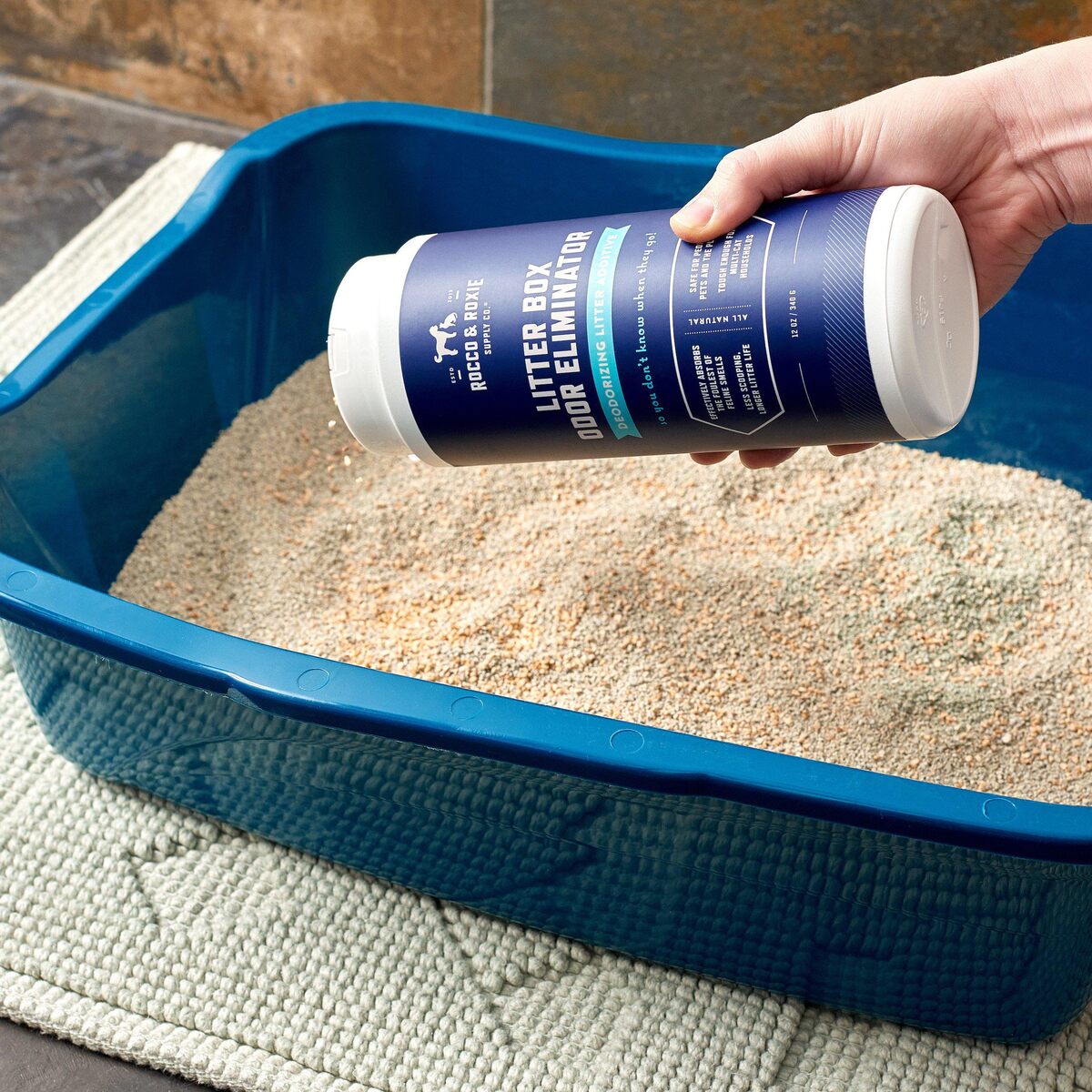

Kitchen Organizing Tools
How To Help With Litter Box Odor
Modified: February 25, 2024
Discover effective kitchen organizing tools to help eliminate litter box odor. Find practical solutions to keep your home smelling fresh and clean.
(Many of the links in this article redirect to a specific reviewed product. Your purchase of these products through affiliate links helps to generate commission for Storables.com, at no extra cost. Learn more)
Introduction
Dealing with unpleasant litter box odors is a common challenge for many cat owners. The distinctive smell that emanates from the litter box can quickly permeate a home, causing discomfort and embarrassment. However, with the right approach and tools, it's possible to effectively manage and minimize litter box odors, creating a more pleasant environment for both you and your feline companion.
In this comprehensive guide, we will explore the various factors that contribute to litter box odors and provide practical tips for controlling and eliminating these unwanted smells. From choosing the right litter to implementing proper cleaning techniques, we'll cover everything you need to know to tackle litter box odors effectively.
By gaining a deeper understanding of the causes of litter box odors and learning how to address them, you can create a more hygienic and inviting space for your cat while also enhancing the overall atmosphere of your home. With the insights and strategies shared in this guide, you'll be equipped to tackle litter box odors with confidence, ensuring a more pleasant and enjoyable living environment for both you and your beloved feline friend.
Key Takeaways:
- Say goodbye to litter box odors by choosing high-quality, odor-absorbing litter and scooping daily. Keep your cat’s space fresh and inviting with these simple, proactive steps.
- Combat litter box odors with baking soda, regular cleaning, and strategic placement. Create a harmonious living environment for you and your feline friend.
Read more: What Is The Best Litter Box For Odor Control
Understanding the Causes of Litter Box Odor
Litter box odor can stem from various factors, and understanding these underlying causes is crucial for effectively addressing the issue. By gaining insight into the origins of these unpleasant smells, cat owners can implement targeted strategies to combat and prevent litter box odors.
1. Urine and Feces
The primary culprits behind litter box odors are, unsurprisingly, urine and feces. When cats eliminate waste in the litter box, the organic compounds in their urine and feces break down, releasing volatile molecules that contribute to the characteristic odor. The longer these waste materials remain in the litter box, the more pronounced the odor becomes.
2. Bacterial Growth
Bacteria thrive in moist environments, and the litter box provides an ideal breeding ground for these microorganisms. As urine and feces come into contact with the litter, bacteria begin to proliferate, leading to the production of foul-smelling compounds. This bacterial activity can intensify the odor emanating from the litter box.
3. Inadequate Ventilation
Poor ventilation around the litter box can exacerbate odor issues. When the area lacks proper airflow, odors become trapped and concentrated, permeating the surrounding space. Inadequate ventilation also contributes to increased humidity, creating an environment that is conducive to bacterial growth and odor retention.
Read more: How To Keep Litter In A Litter Box
4. Inappropriate Litter Choice
The type of litter used in the box can significantly impact odor control. Some litters may not effectively absorb moisture or neutralize odors, leading to persistent and unpleasant smells. Additionally, certain litter materials may retain odors more readily, compounding the issue.
5. Infrequent Cleaning
Irregular or inadequate cleaning of the litter box allows waste to accumulate, leading to intensified odors. When waste materials are not promptly removed, they continue to decompose, releasing increasingly potent odors into the surrounding area.
By recognizing these key factors contributing to litter box odors, cat owners can take targeted steps to address each of these issues effectively. From selecting the right litter to implementing proper cleaning routines, proactive measures can be employed to minimize and eliminate unpleasant odors, creating a more pleasant environment for both cats and their human companions.
Tips for Controlling Litter Box Odor
Controlling litter box odor is a top priority for cat owners seeking to maintain a fresh and inviting home environment. By implementing effective strategies, it's possible to minimize and even eliminate unpleasant odors emanating from the litter box. Here are practical tips for controlling litter box odor:
-
Regular Scooping: Consistent scooping of the litter box is essential for preventing the buildup of waste materials. Aim to scoop the box at least once a day, removing both solid waste and clumped urine. This routine maintenance helps to minimize odor by promptly removing the source of the smell.
-
Use Baking Soda: Baking soda is a natural odor absorber and can be sprinkled into the litter to help neutralize odors. Its ability to absorb moisture and eliminate odors makes it a valuable ally in controlling litter box smells. Simply mix a small amount of baking soda into the litter to enhance its odor-fighting capabilities.
-
High-Quality Litter: Opt for high-quality, odor-absorbing litter to effectively control odors. Look for litters specifically formulated to neutralize odors, absorb moisture, and inhibit bacterial growth. Clumping litters are particularly effective, as they allow for easy removal of waste and help maintain a cleaner, fresher litter box.
-
Litter Box Liners: Consider using liners in the litter box to simplify cleaning and reduce odor retention. Liners create a barrier between the litter and the box, making it easier to remove used litter and clean the box thoroughly. This can help prevent the accumulation of odors within the box itself.
-
Ventilation: Ensure that the litter box area is well-ventilated to prevent odors from becoming concentrated. Adequate airflow helps to disperse odors and reduce humidity, creating a less favorable environment for bacterial growth and odor retention.
-
Regular Litter Replacement: Completely replace the litter in the box on a regular basis to maintain freshness. Over time, even the most effective litters can become saturated with odors and bacteria, diminishing their odor-controlling capabilities. By replacing the litter at recommended intervals, you can ensure optimal odor control.
-
Consider Activated Charcoal: Activated charcoal is known for its exceptional odor-absorbing properties. Some litter products contain activated charcoal, which can effectively capture and neutralize odors, contributing to a fresher-smelling litter box.
By incorporating these tips into your litter box maintenance routine, you can effectively control and minimize unpleasant odors, creating a more pleasant environment for both you and your feline companion. With proactive odor control measures in place, you can enjoy a fresher, more inviting living space while providing your cat with a hygienic and comfortable litter box environment.
Choosing the Right Litter
Selecting the appropriate litter for your cat's litter box is a crucial step in effectively managing and controlling odors. With a wide array of litter options available, it's essential to consider key factors that contribute to odor control and overall litter box hygiene.
Read more: How Deep Should Litter Be In A Litter Box
Absorbency and Odor Control
When choosing litter, prioritize options that offer exceptional absorbency and odor control. Look for litters specifically formulated to absorb moisture and neutralize odors upon contact. Clumping litters, in particular, are highly effective in encapsulating liquid waste, allowing for easy removal of soiled clumps and minimizing odor permeation.
Low Dust Formulas
Opt for litters with low dust formulas to promote a cleaner and healthier environment for both you and your cat. Excessive dust can not only be an irritant to respiratory systems but can also contribute to a dusty, less inviting living space. Low dust litters help maintain air quality and reduce the need for frequent cleaning of surrounding areas.
Natural and Unscented Options
Consider natural and unscented litter options, especially if your cat is sensitive to fragrances. While scented litters may initially mask odors, they can sometimes be overwhelming for cats and may not effectively address underlying odors. Natural litters, such as those made from materials like corn, wheat, or paper, offer a gentle and fragrance-free approach to odor control.
Clumping Versus Non-Clumping
When evaluating litter options, consider the benefits of clumping versus non-clumping varieties. Clumping litters allow for easy removal of soiled areas, promoting efficient waste management and odor control. On the other hand, non-clumping litters may require more frequent complete changes to maintain cleanliness and odor control.
Read more: How Much Litter To Put In A Litter Box
Environmental Considerations
For environmentally conscious cat owners, eco-friendly litter options provide a sustainable alternative. Litters made from biodegradable materials, such as recycled paper or natural wood, offer effective odor control while minimizing environmental impact. By choosing eco-friendly litters, you can prioritize both odor control and environmental responsibility.
Multi-Cat Formulas
If you have multiple cats, consider litters specifically designed for multi-cat households. These formulations are engineered to manage odors associated with higher usage, providing enhanced odor control and waste management capabilities.
By carefully considering these factors and selecting a litter that aligns with your cat's preferences and your odor control needs, you can effectively manage litter box odors and create a more hygienic and inviting environment for both you and your feline companions. The right litter choice plays a pivotal role in maintaining a fresh and pleasant living space while ensuring your cat's comfort and well-being.
Cleaning and Maintaining the Litter Box
Proper cleaning and maintenance of the litter box are essential for controlling odors and providing a hygienic environment for your cat. By establishing a consistent cleaning routine and employing effective maintenance practices, you can minimize odors and ensure a clean, inviting litter box environment.
Scoop Daily
Scooping the litter box on a daily basis is a fundamental aspect of maintenance. Remove solid waste and clumped urine promptly to prevent the accumulation of odor-causing materials. This routine not only minimizes odors but also promotes a cleaner and more comfortable space for your cat.
Read more: How To Move A Litter Box
Thorough Cleaning
In addition to daily scooping, it's important to perform a thorough cleaning of the litter box on a regular basis. Empty the entire contents of the box, wash it with mild soap and water, and dry it thoroughly before refilling it with fresh litter. This comprehensive cleaning helps eliminate residual odors and bacteria, contributing to a fresher litter box environment.
Litter Replacement
Regularly replacing the litter is crucial for maintaining optimal odor control. Over time, litter can become saturated with odors and bacteria, diminishing its effectiveness. Follow the manufacturer's recommendations for litter replacement frequency, and consider a complete litter change at least once a month to ensure a consistently fresh and odor-free litter box.
Use Enzyme Cleaners
In the event of accidents outside the litter box, such as urine or feces on flooring or other surfaces, use enzyme-based cleaners to thoroughly remove odors. These cleaners are specifically formulated to break down organic compounds, effectively eliminating lingering odors and discouraging repeat incidents.
Monitor Litter Depth
Maintain an appropriate depth of litter in the box to facilitate effective waste absorption and odor control. While it's important not to overfill the box, ensuring a sufficient layer of litter promotes optimal waste encapsulation and odor neutralization.
Read more: How To Fill The Litter Box
Consider Multiple Boxes
If you have multiple cats, providing each cat with their own litter box can help prevent odor issues and reduce territorial disputes. The availability of multiple boxes encourages consistent litter box usage and minimizes the potential for odor buildup associated with overcrowding.
By incorporating these cleaning and maintenance practices into your litter box care routine, you can effectively control odors and create a clean, comfortable environment for your cat. Consistent and thorough cleaning, coupled with proper waste management, is key to maintaining a fresh and inviting litter box space while promoting your cat's well-being.
Additional Steps for Odor Control
In addition to selecting the right litter and implementing diligent cleaning practices, there are several supplementary steps that can further enhance odor control in the litter box environment. These additional measures focus on creating an optimal setting for waste management and odor mitigation, contributing to a more pleasant and hygienic space for both cats and their human companions.
1. Air Purification
Introducing air purifiers near the litter box area can help remove airborne particles and odors, improving overall air quality. High-efficiency particulate air (HEPA) filters are particularly effective in capturing fine particles and neutralizing odors, creating a fresher and more inviting atmosphere in the vicinity of the litter box.
2. Strategic Placement
Carefully consider the placement of the litter box within your home. Positioning the box in a well-ventilated area with good airflow can help disperse odors and prevent them from becoming concentrated. Additionally, placing the litter box away from high-traffic areas and living spaces can minimize the impact of odors on daily activities.
Read more: How To Dispose Of A Litter Box
3. Odor Neutralizers
Utilize odor-neutralizing products specifically designed for pet odors to further combat lingering smells. These products, available in various forms such as sprays, gels, or plug-in air fresheners, work to neutralize odors at the molecular level, effectively reducing the presence of unpleasant smells in the surrounding environment.
4. Regular Home Ventilation
Promote consistent ventilation throughout your home to prevent odors from lingering. Opening windows and using fans can facilitate air circulation, reducing the buildup of odors and maintaining a fresh indoor environment. Proper ventilation also aids in controlling humidity levels, which can impact bacterial growth and odor retention.
5. Enclosed Litter Box Options
Consider using enclosed or covered litter boxes, which can help contain odors and prevent them from spreading throughout the home. These enclosed designs feature entry and exit points for cats while providing a degree of privacy and odor containment. Coupled with regular cleaning, enclosed litter boxes can contribute to effective odor control.
By incorporating these additional steps into your approach to litter box odor control, you can further enhance the cleanliness and freshness of your home environment. These supplementary measures, when combined with proactive litter selection and meticulous cleaning practices, contribute to a comprehensive strategy for managing and minimizing litter box odors, ensuring a more pleasant and inviting living space for both you and your feline companions.
Conclusion
In conclusion, effectively managing and controlling litter box odors is essential for creating a hygienic and inviting environment for both cats and their human companions. By understanding the underlying causes of litter box odors and implementing targeted strategies, cat owners can successfully minimize and eliminate unpleasant smells, fostering a fresher living space and promoting their feline friends' well-being.
The key to combating litter box odors lies in a multifaceted approach that encompasses thoughtful litter selection, diligent cleaning and maintenance practices, and supplementary measures to enhance odor control. Selecting the right litter, prioritizing absorbency, odor control, and environmental considerations, forms the foundation for effective odor management. High-quality litters, coupled with regular scooping, thorough cleaning, and appropriate litter replacement, contribute to a cleaner and more pleasant litter box environment.
Furthermore, incorporating additional steps such as air purification, strategic placement of the litter box, and the use of odor-neutralizing products can further elevate odor control efforts, creating a more harmonious cohabitation with feline companions.
By embracing these proactive strategies and maintaining a consistent approach to litter box care, cat owners can enjoy a fresher and more inviting home environment while providing their cats with a comfortable and hygienic space for waste elimination. The benefits extend beyond odor control, encompassing improved air quality, reduced bacterial proliferation, and a more enjoyable living experience for both cats and their human caregivers.
Ultimately, by prioritizing litter box hygiene and odor control, cat owners can cultivate a harmonious and pleasant living environment that promotes the well-being of their feline companions and enhances the overall quality of life for everyone in the household. With the insights and strategies shared in this guide, cat owners are equipped to tackle litter box odors with confidence, ensuring a more pleasant and enjoyable living environment for both themselves and their beloved feline friends.
Frequently Asked Questions about How To Help With Litter Box Odor
Was this page helpful?
At Storables.com, we guarantee accurate and reliable information. Our content, validated by Expert Board Contributors, is crafted following stringent Editorial Policies. We're committed to providing you with well-researched, expert-backed insights for all your informational needs.
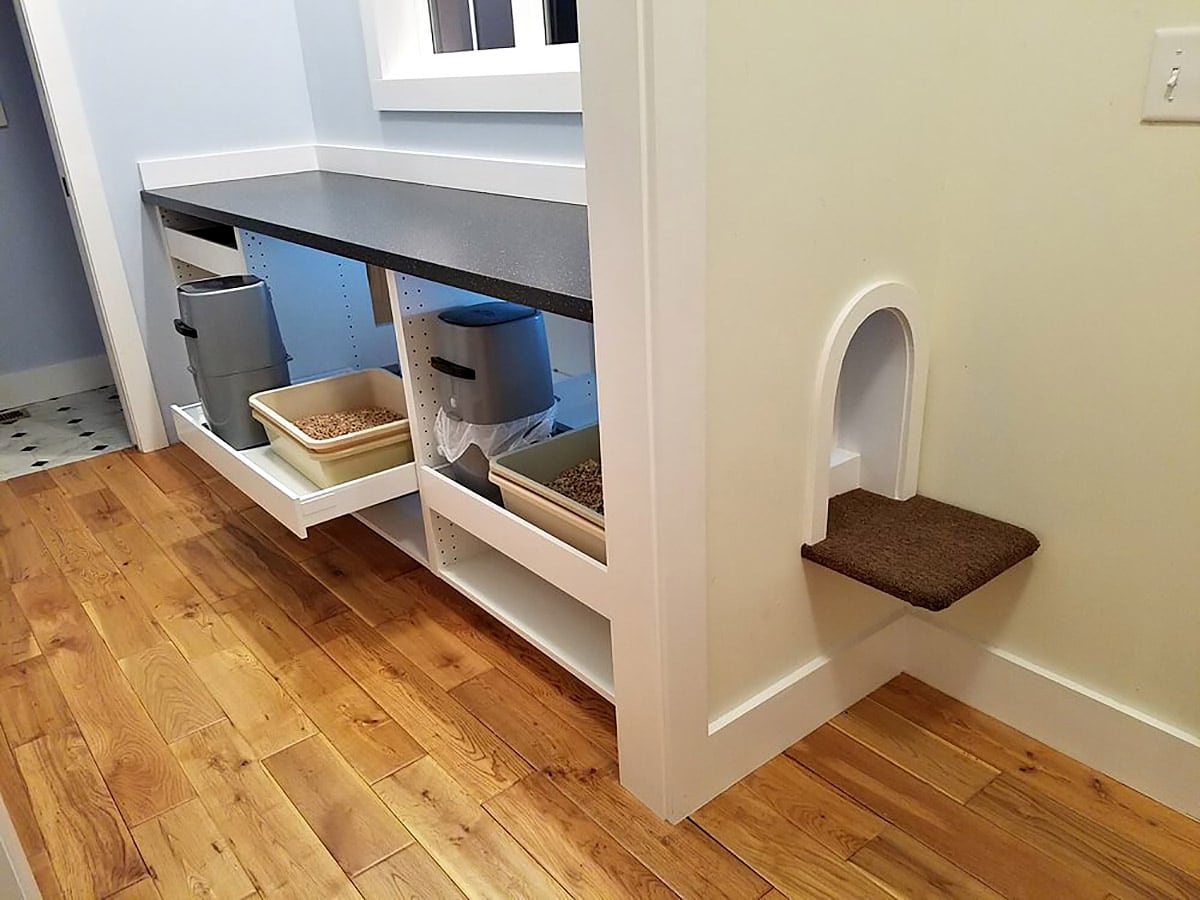
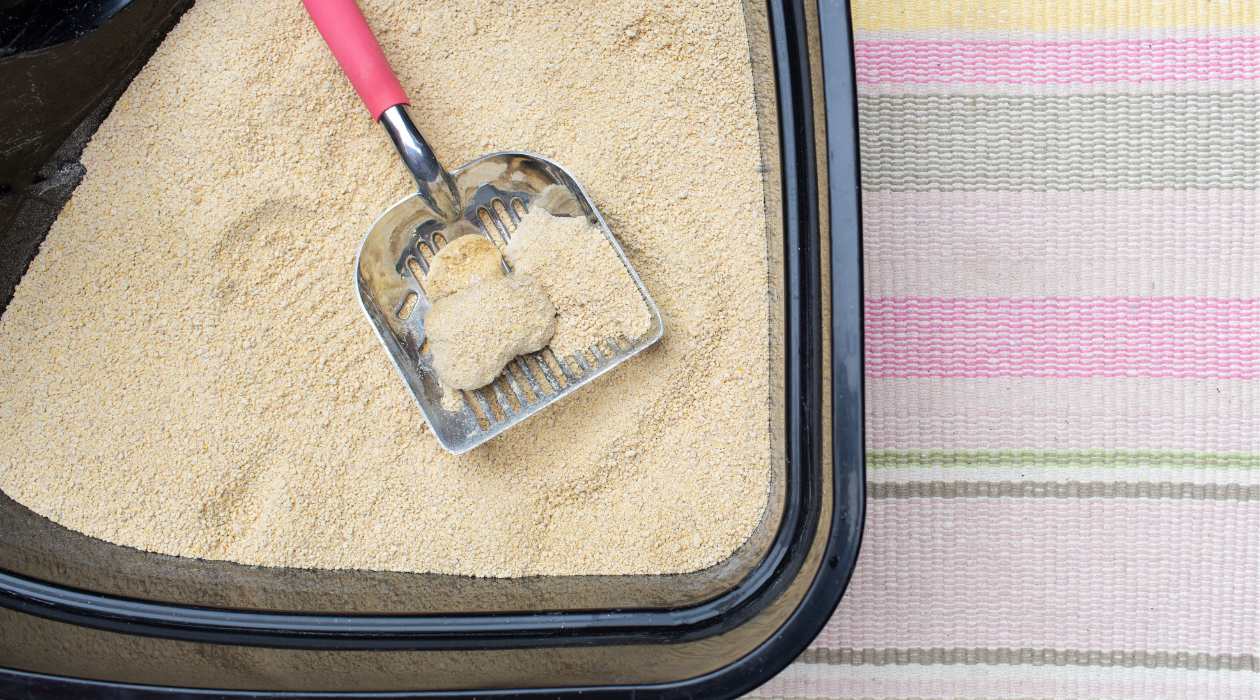
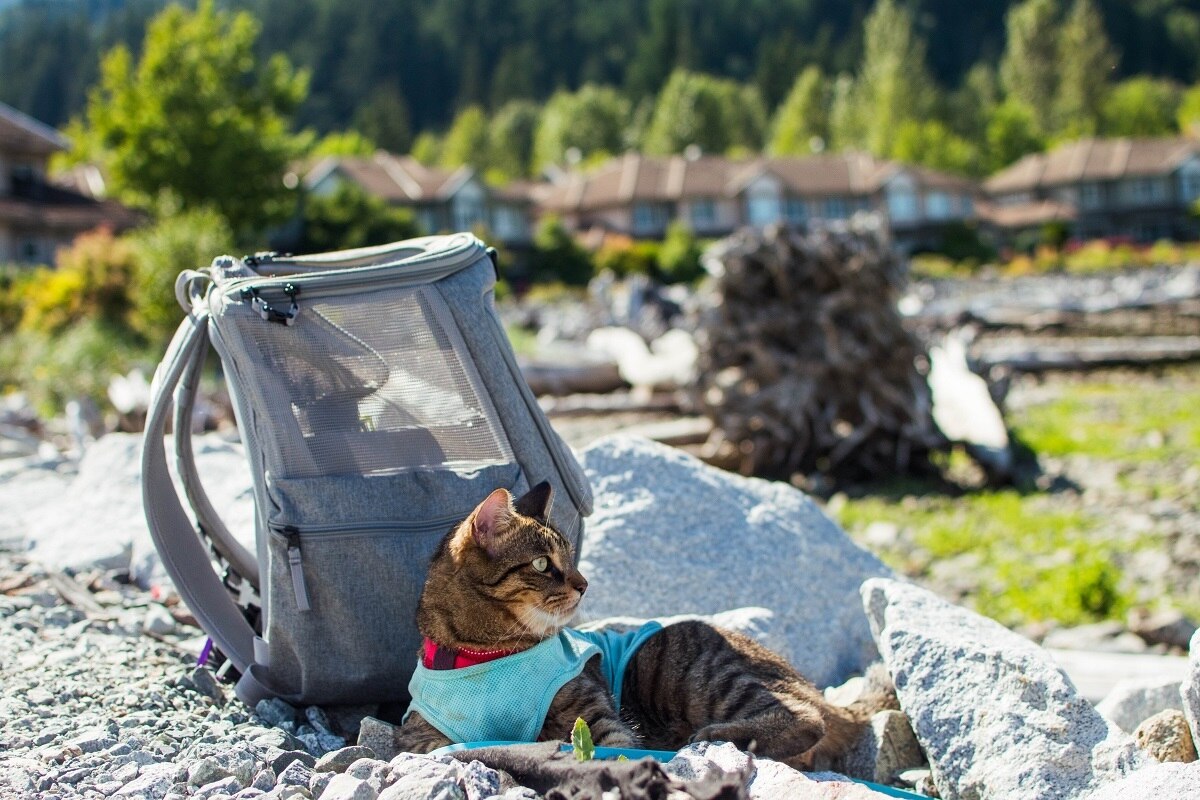
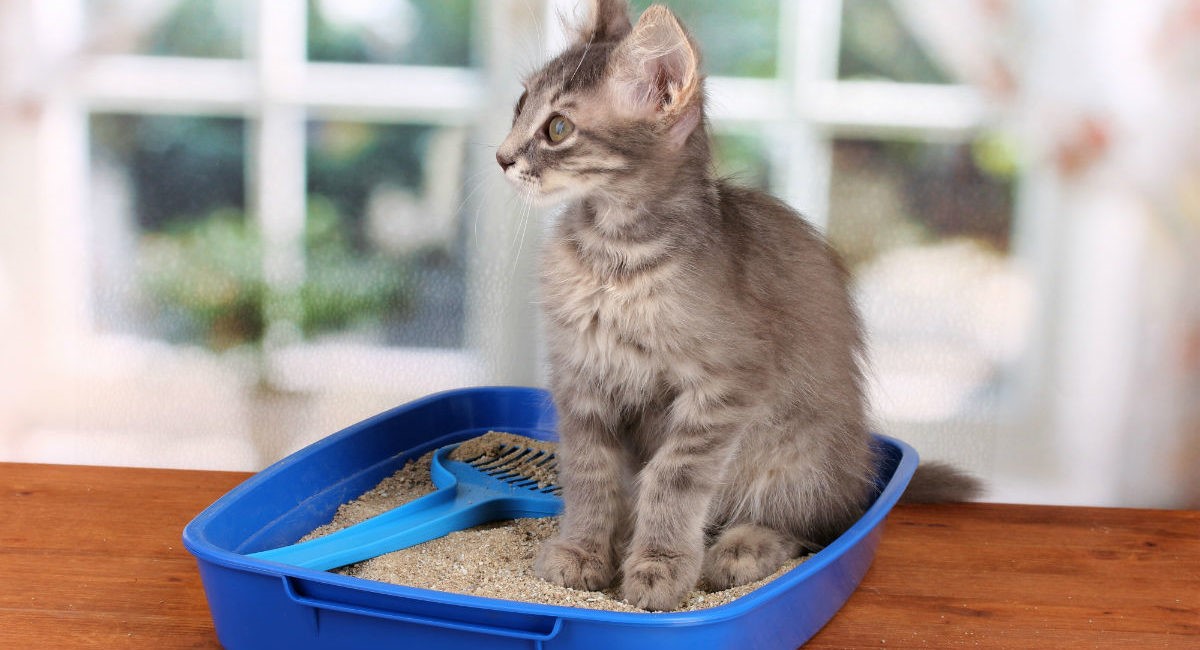
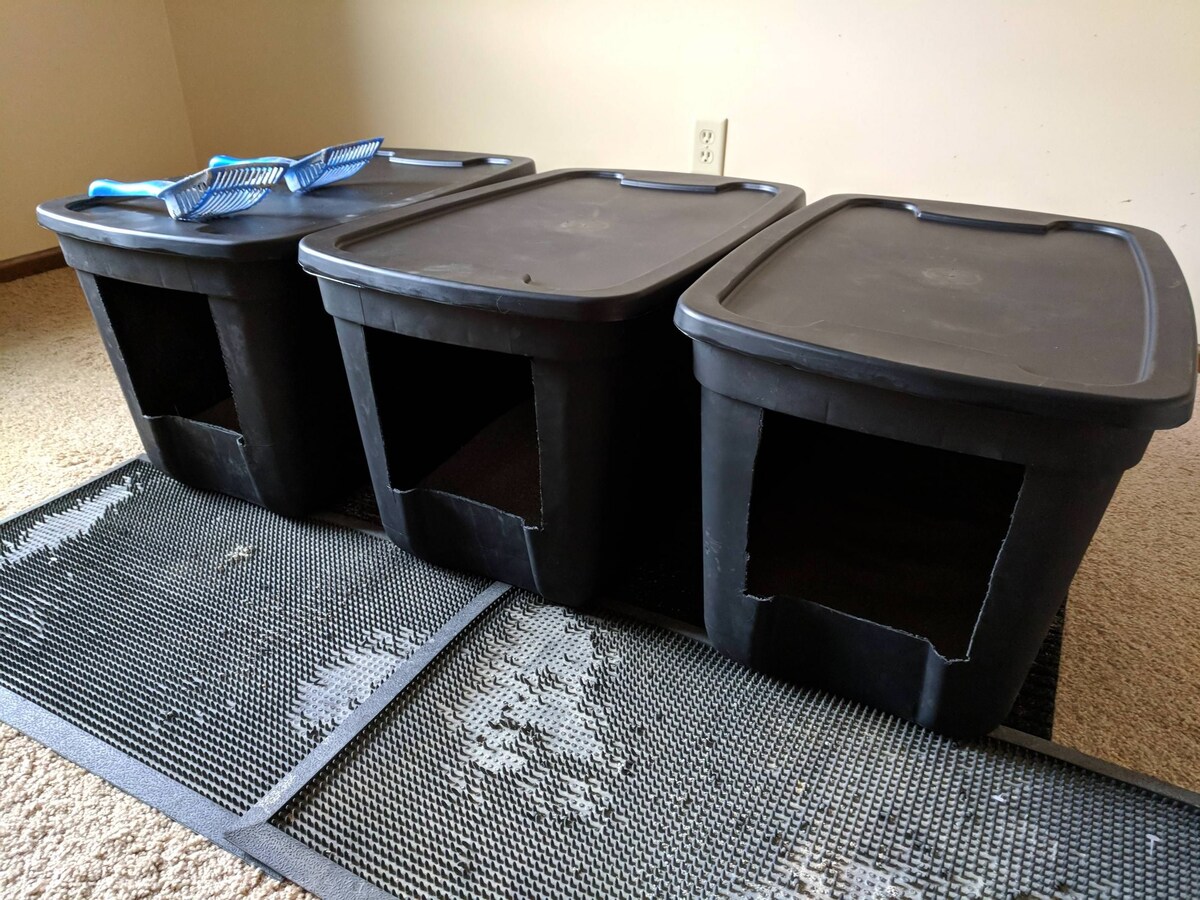
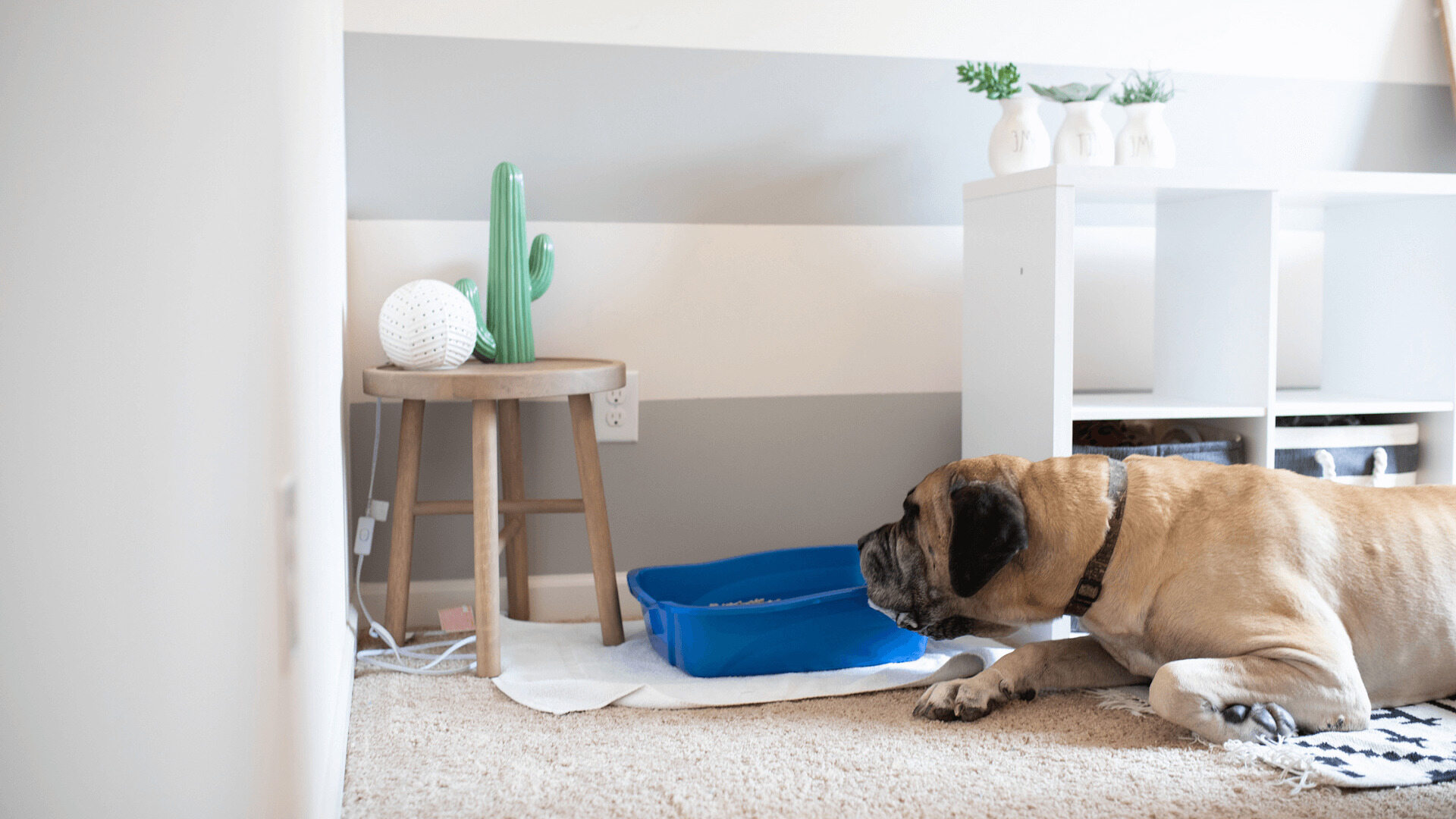
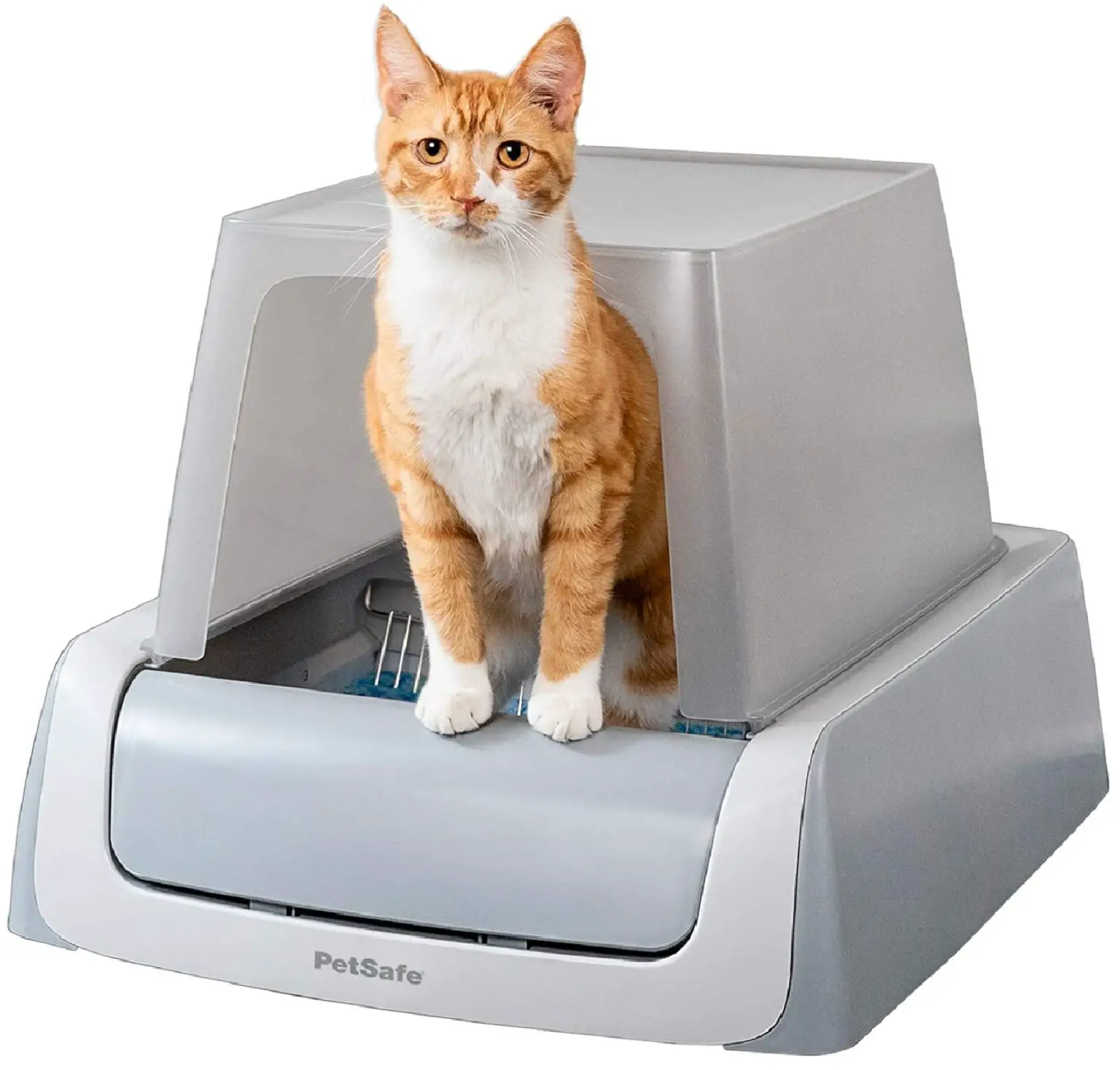
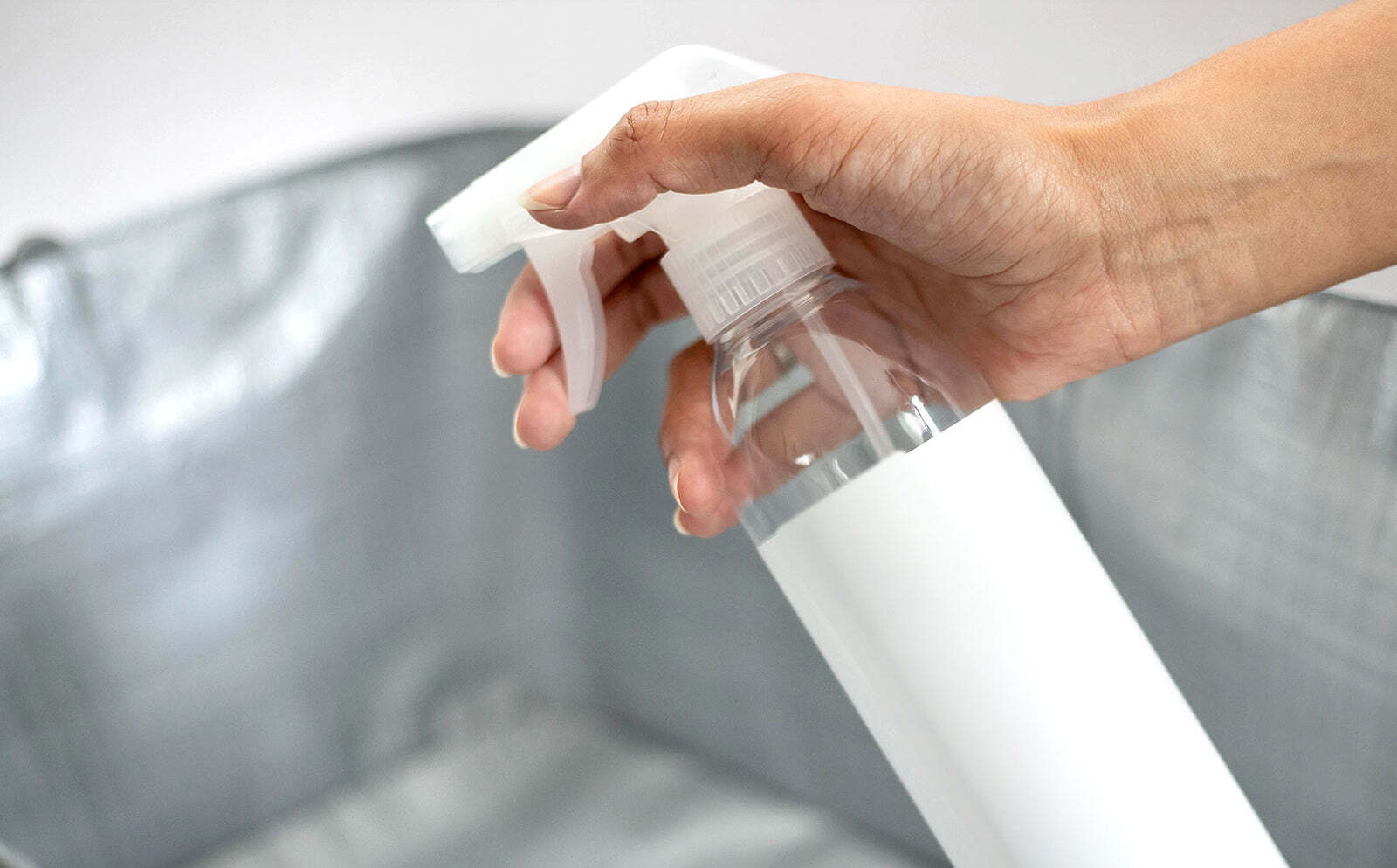
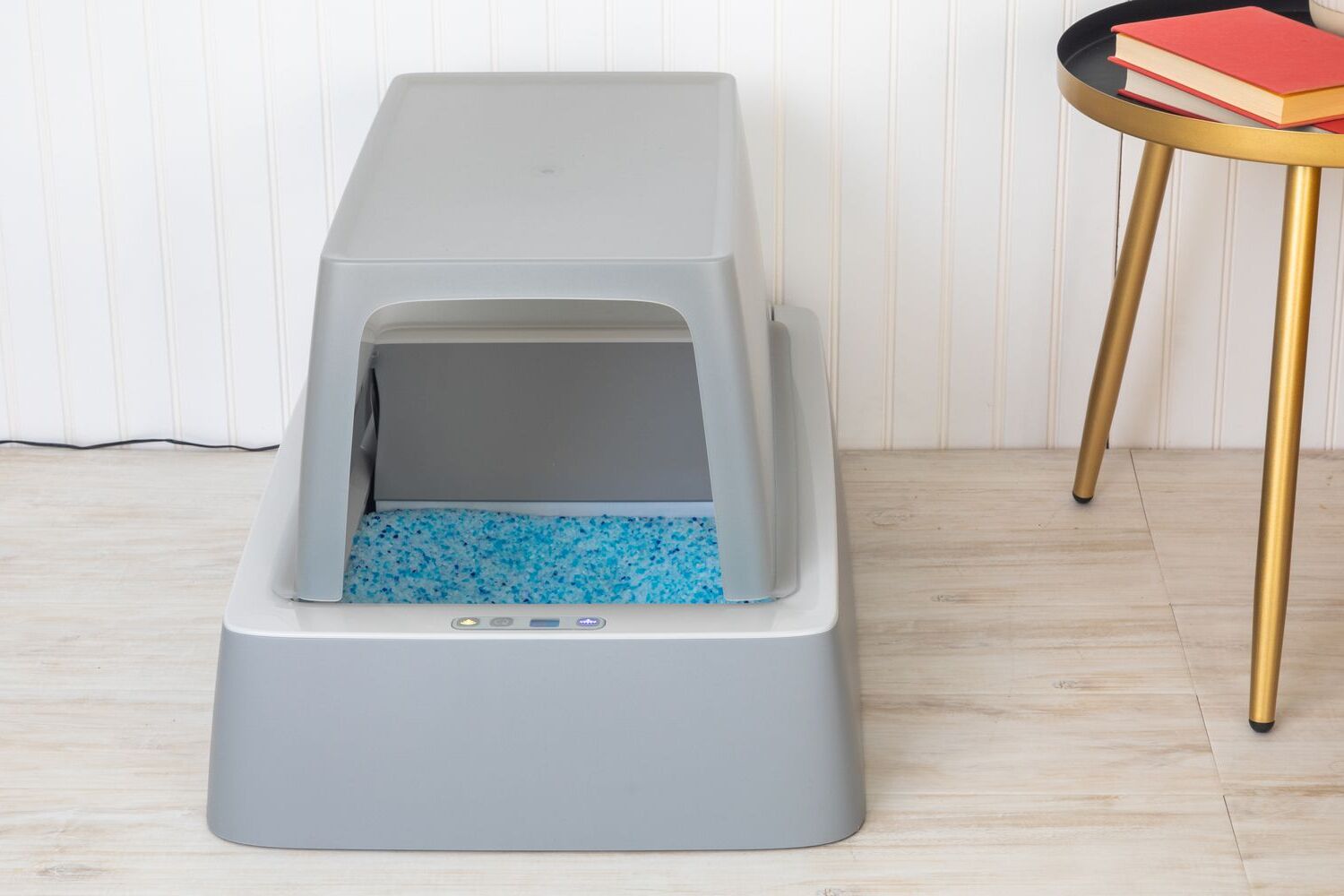

0 thoughts on “How To Help With Litter Box Odor”